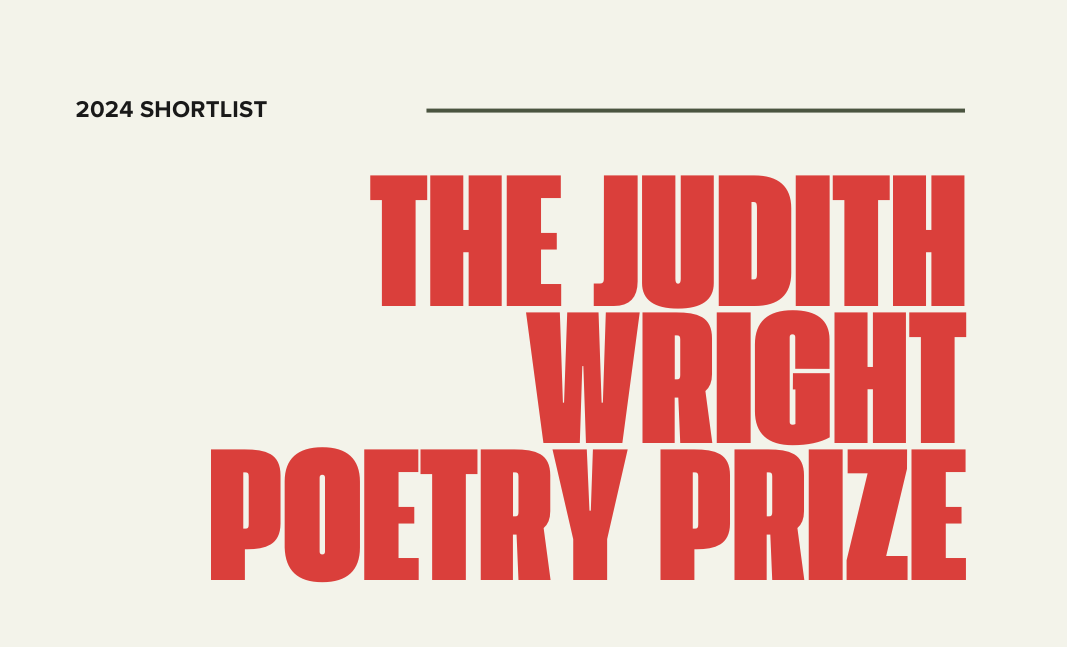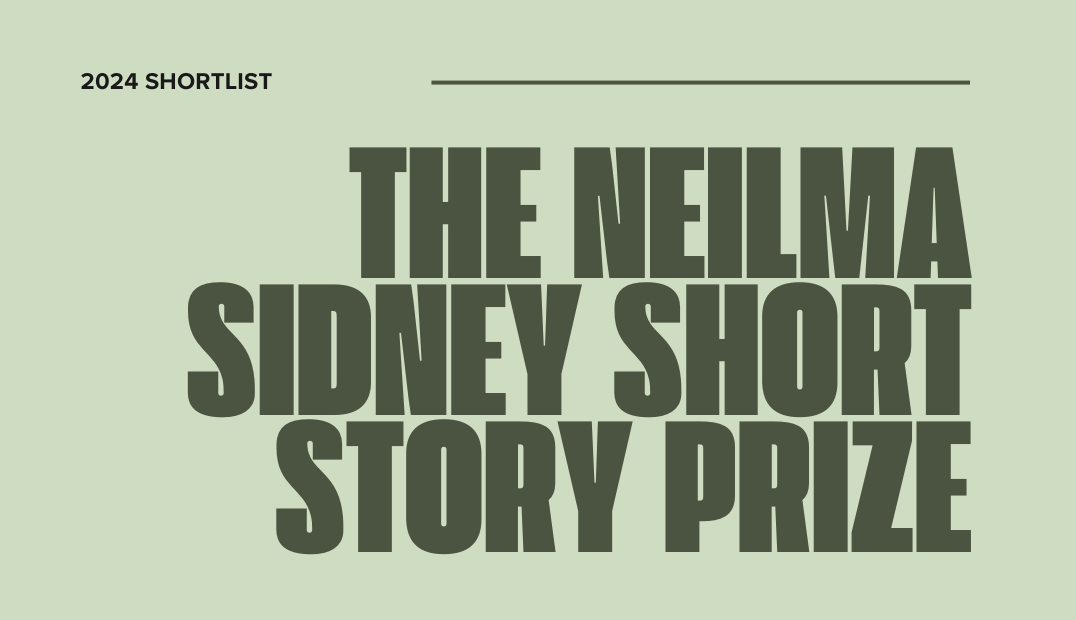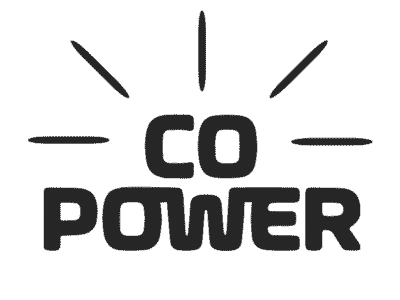‘Fess up: who remembers a time when there was no internet?
Once upon a time, if a child, student, writer or reader wanted to know something, they would have to march off to the library* – a day’s hike to the great metropolis on the horizon, for some – and physically track down obscure and tangled information that lay hidden between pages, at the back of shelves and relied primarily on one’s ability to navigate the Dewey decimal card catalogue and microfiche machines. It was often laborious, sometimes frustrating and could result in getting lost for days in the wrong terrain.
What is it that makes the web – a living library – so amazing? First and foremost, the answer would have to be information, and an almost universal access to that information. Traditional libraries also offer this, but the beauty of the internet is the ability to link to a resource, and immediately see it, providing the reader with a knowledge architecture that the singular text from the library can never have.
The book – even if accompanied by a generous list of additional reading material – is static. It is bound to its form as flat, unchanging text on a page that leads nowhere but to the following page. The internet offers the capacity to connect data – that is, make data meaningful.





